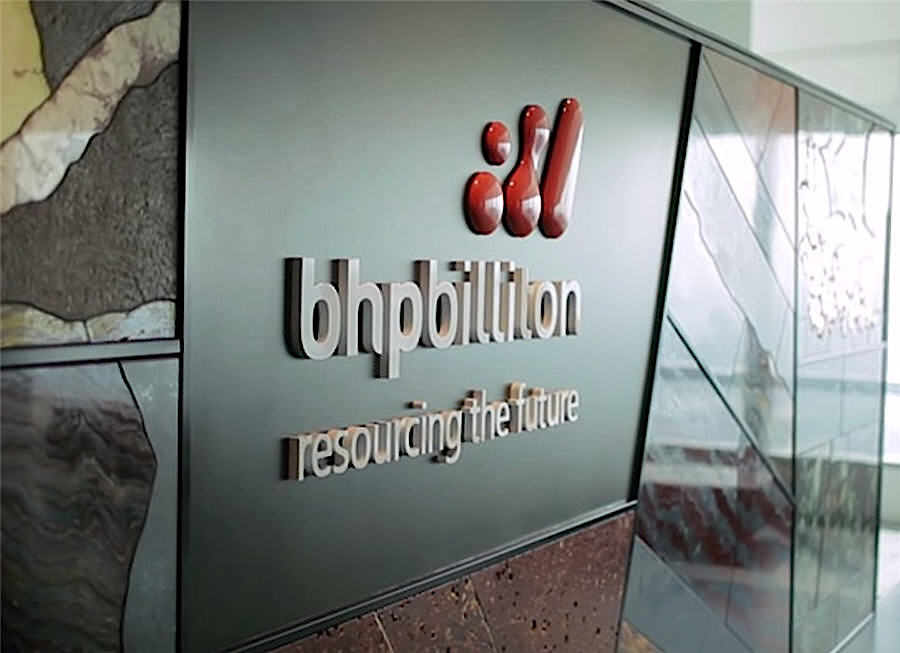
Australia’s highest court on Wednesday dismissed an appeal by BHP Group against a tax ruling, the latest loss for the global miner over the treatment of profits from commodities sold out of its Singapore marketing hub.
BHP said in a statement the decision offered clarity on the interpretation of a technical area of Australian tax rules, and it would pay $87 million in additional taxes for income generated over 2006-2018.
The Australian Tax Office said in a statement the court decision finalised the dispute over marketing hub profits, which would be “fully taxed in Australia”
The dispute was over whether BHP should pay so-called “top up tax” in Australia on profits made by its Singapore marketing hub from selling coal from an Australian mine owned by the UK side of BHP’s dual-listed structure, BHP Group Plc.
The High Court of Australia upheld a federal court ruling that commodities acquired from Australian subsidiaries of BHP Group Plc are subject to “top up tax” in Australia under “controlled foreign company” rules.
BHP had argued that its marketing hub in low-tax Singapore creates value, such as by negotiating specialised coal blends, for which extra profits should not be subject to additional tax.
The tax office held that profits on commodities dug out of the ground in Australia should be subject to the country’s tax and royalty systems, no matter where they are sold from.
The Australian Tax Office said in a statement the court decision finalised the dispute over marketing hub profits, which would be “fully taxed in Australia”.
BHP said the additional tax represented less than 0.2% of the about A$71 billion ($46 billion) it had paid in taxes and royalties over the past 10 years.
In 2018, BHP settled a separate transfer pricing dispute with the tax office for about A$529 million ($386 million), ending a battle over whether the company had been underpaying tax by basing its marketing arm in Singapore.
It also agreed last June to pay the state of Western Australia A$250 million to end a dispute over royalties paid on iron ore shipments, also sold through its Singapore marketing hub.
($1 = 1.5356 Australian dollars)
(By Sonali Paul, Byron Kaye and Melanie Burton; Editing by Muralikumar Anantharaman and Richard Pullin)
Comments